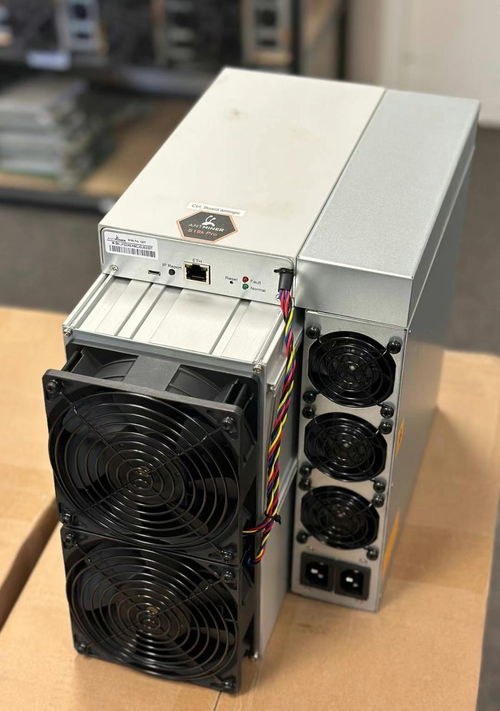Choosing a Reliable Hosting Service for Your Dogecoin Mining Needs
As cryptocurrencies continue to soar in popularity, mining remains one of the most fundamental pillars supporting decentralized networks. Dogecoin, once considered a meme coin, has rapidly evolved into a serious contender within the crypto space. Harnessing the potential of Dogecoin mining demands not only robust hardware but also a reliable hosting service. Whether you are an individual miner or managing an expansive mining farm, choosing the right hosting solution can be the difference between profitability and enduring headaches.
Mining rigs specifically tailored for Dogecoin typically require consistent environmental conditions, excellent power management, and high-speed internet connectivity to maintain optimal hash rates. Many miners begin their journey with personal setups using equipment such as GPU rigs or specialized ASIC devices optimized for the Scrypt algorithm, which Dogecoin employs. However, operating mining hardware in a home environment often proves challenging due to noise, heat dissipation, and electricity costs. This is where hosting services enter the picture, offering specialized facilities designed to accommodate the rigorous demands of mining operations.

Reliable hosting providers offer turnkey mining solutions that cater to both beginners and seasoned miners alike. These services include remote hardware management, security monitoring, power backup systems, and optimal cooling strategies. For Dogecoin miners, whose profitability might hinge on maintaining uninterrupted uptime, choosing a hosting service renowned for its efficiency and customer support is critical. Moreover, mining farms hosting Dogecoin rigs often benefit from economies of scale, enabling access to cheaper electricity rates and enhanced infrastructure resilience.
While Dogecoin mining shares similarities with Bitcoin and Ethereum mining, there are nuances that warrant consideration when selecting hardware and hosting providers. For example, Bitcoin’s SHA-256 algorithm requires ASIC miners like the Antminer S19 series, which are more energy-intensive and demand specialized hosting conditions. Ethereum mining, leveraging the Ethash algorithm, often favors GPU rigs that differ structurally and in power consumption profiles from ASICs. Dogecoin, using Scrypt, offers a hybrid approach where merged mining with Litecoin can optimize yield, adding an intriguing layer to hosting requirements and strategies.

Another critical feature of a top-tier mining host is integration with exchange platforms and wallet services. A seamless interface that connects miners directly to cryptocurrency exchanges simplifies the liquidation process, enabling real-time adjustments to mining operations based on market dynamics. Consider facilities that provide easy API integrations to popular exchanges, enabling miners to swap between Bitcoin, Dogecoin, Ethereum, and other altcoins effortlessly. The volatile nature of cryptocurrency markets means being nimble and responsive can enhance overall mining profitability.
Security cannot be overstated in this domain. From physical security to cybersecurity, hosting facilities must ensure uninterrupted, theft-proof environments. Miners entrusting their expensive rigs to third-party hosts rightfully expect stringent access controls, tamper-proof cages, and round-the-clock surveillance. Additionally, robust firewall protections and encrypted communications safeguard mining data and wallet keys from cyber threats. The crypto world’s growing scale attracts increasingly sophisticated adversaries, making comprehensive security protocols non-negotiable.
One evolving trend reshaping Dogecoin mining is the rise of decentralized mining pools integrated with cloud hosting. Such hybrid models blend the benefits of low overhead with the liquidity and flexibility of cloud infrastructure, often backed by established miners or farm operators. This innovation breaks down traditional barriers, allowing small-scale miners to access professional hosting environments without heavy upfront investments in physical assets. It’s an exciting development signaling how the mining landscape might democratize further.
Ultimately, selecting a reliable hosting service for Dogecoin mining isn’t just about raw power or the lowest price. It’s a comprehensive decision balancing hardware compatibility, power efficiency, facility security, geographic location, and technical support quality. Seasoned miners will also weigh the ability to scale operations as profitability fluctuates. Hosting services that keep pace with advancements in mining algorithms, hardware upgrades, and network innovations will secure lasting loyalty from their clientele.



















